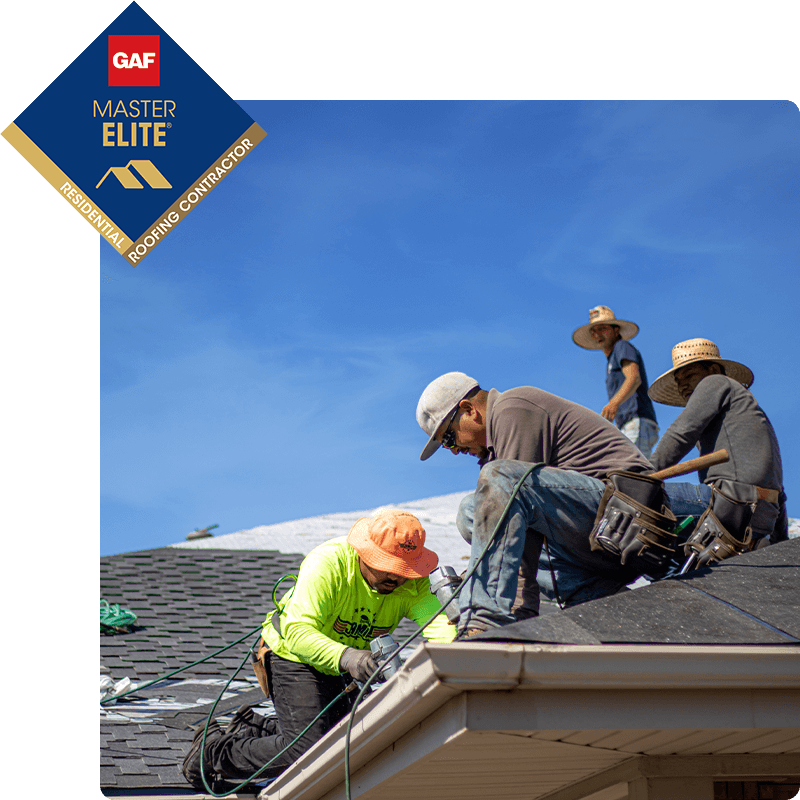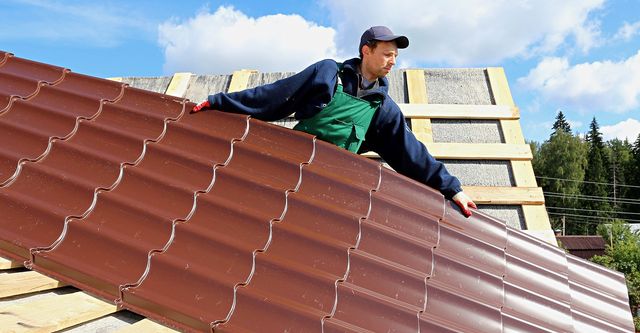Professional Tips for a Perfect Roof Covering Flat Roofing Installment Refine
The setup of a flat roofing is a vital task that requires precise planning and implementation to make sure durability and performance. Key factors to consider consist of picking the ideal materials, comprehending the certain type of flat roofing system, and adhering to industry standards throughout the installation procedure.
Understanding Flat Roof Kind
When thinking about a flat roofing installment, it is important to recognize the different types offered, each offering unique advantages and downsides. The most common level roofing system kinds consist of built-up roof coverings (BUR), changed bitumen roofing systems, and single-ply membrane layers.
Built-up roofing systems include numerous layers of asphalt and felt, giving excellent waterproofing and durability. They are optimal for larger commercial structures but may need even more maintenance with time due to tear and use. Customized bitumen roofing systems, on the other hand, improve the BUR system's performance with added flexibility and UV resistance. These roof coverings are typically liked for household applications as a result of their ease of installment and fixing.
Single-ply membranes, such as EPDM, TPO, and PVC, are obtaining appeal for their light-weight nature and ease of setup. EPDM, recognized for its durability, is particularly efficient in varying climates, while TPO and PVC offer exceptional energy efficiency and reflectivity.
Inevitably, the selection of flat roofing kind will certainly depend on aspects such as the structure's design, neighborhood climate, and budget considerations. Comprehending these choices is important for ensuring an effective setup that satisfies particular demands and requirements.
Vital Devices and Materials
To accomplish a successful level roofing installation, having the right tools and materials is vital. A fully equipped installation team makes certain performance and high quality throughout the process. Key tools include a measuring tape for exact measurements, an energy blade for reducing roof covering materials, and a pneumatic nail gun for securing membranes. In addition, a warmth welder is important for thermoplastic roof covering systems, while roofing rollers assist in achieving correct attachment.
In terms of products, choosing top notch roof covering membranes is crucial. Adhesives and sealers suitable for the chosen membrane layer kind are also crucial to avoid leakages and make certain toughness.
Safety equipment, consisting of harnesses and construction hats, ought to not be forgotten to secure workers throughout installation. Furthermore, having a trustworthy ladder or scaffolding is essential for risk-free accessibility to the roof covering. Buying these vital devices and products will result in a much more efficient, reliable, and ultimately successful level roofing system installation.
Preparing the Roofing System Surface
Prior to putting down any type of roof covering materials, it is necessary to prepare the roof surface area completely to ensure ideal bond and long life of the setup. This prep work process includes numerous crucial steps that should not be overlooked.

Additionally, look for dampness and make certain that the surface area is totally dry. Any kind of trapped dampness can lead to mold and mildew development and jeopardize the stability of the roofing system. If necessary, utilize a moisture meter to confirm dryness.

Step-by-Step Setup Process
With the roofing system surface correctly prepared, the emphasis changes to the step-by-step setup process that will guarantee a effective and resilient level roofing system. Begin by setting out your materials, consisting of the membrane layer, sticky, and any essential tools such as rollers and energy blades. Step and reduced the roof membrane to fit the roof dimensions, enabling overlaps at seams.
Following, apply the adhesive according to the producer's requirements, making certain also insurance coverage for optimum bonding. Meticulously position the membrane onto the adhesive, beginning with one end and functioning your way throughout. Make use of a roller to eliminate air bubbles and ensure maximum bond.
As soon as the membrane is securely in position, focus on sealing seams and edges (Flat Roof Installation in Cuyahoga Falls). Use a suitable sealant or tape to enhance these areas, protecting against water seepage. Mount flashing around infiltrations, such as vents or chimneys, to provide extra security
Upkeep and Evaluation Tips

Begin by performing visual evaluations at the very least twice a year, ideally in springtime and fall, to recognize any indications of damages such as splits, sores, or ponding water. Pay special interest to seams and flashing, as these areas are prone to leaks.
Remove particles, such as fallen leaves and branches, from the roofing surface area and drain systems to stop water build-up. Flat Roof Installation in Cuyahoga Falls. Make sure that downspouts and rain gutters are clear to assist in appropriate water flow
Additionally, check for any signs of mold and mildew or algae development, which can jeopardize the roofing's honesty. If you see any issues, address them quickly to stay clear of much more comprehensive damages.
Think about involving a professional roofer for thorough examinations and maintenance services. They can offer insights on repair work, covering applications, Cuyahoga Falls Roof Repairs and other preventative steps to enhance your flat roof's durability. Focusing on upkeep will certainly secure your investment and offer peace of mind.
Conclusion
In conclusion, sticking to meticulous prep work and installation methods is important for accomplishing a perfect level roofing. Regular upkeep and evaluations post-installation serve to extend the roofing system's lifespan and avoid possible issues.
The installment of a level roof covering is an essential undertaking that needs meticulous planning and execution to ensure resilience and effectiveness. Trick factors to consider consist of selecting the proper products, understanding the specific kind of level roof covering, and adhering to market criteria during the installment process.To achieve a successful level roofing system installment, having the right tools and materials is extremely important. Investing in these vital devices and materials will lead to a much more reliable, efficient, and ultimately effective flat roofing installation.
With the roofing surface area effectively prepared, the emphasis moves to the detailed installment procedure that will certainly make certain a effective and sturdy flat roofing system.